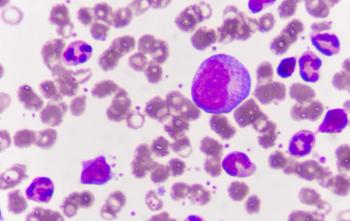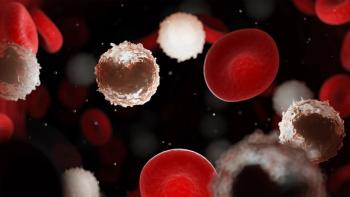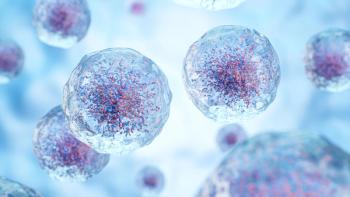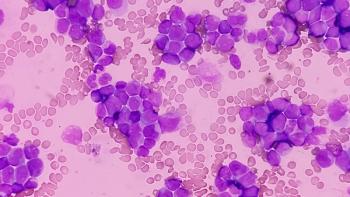
Opinion: Topical BRAF Inhibitor Could Reduce Rash in Anti-EGFR Therapy
Oncology nurses can play a key role in educating patients and supporting clinical trial participation for this new treatment option.
Taking care of patients receiving anti-EGFR therapy, such as cetuximab or panitumumab, often involves managing dermatologic toxicities, most commonly an acneiform rash.1 This distinctive rash typically appears on the face, scalp, or upper torso and can be both physically uncomfortable and emotionally distressing for patients. While topical therapies and oral antibiotics are often prescribed for management, some patients have a rash that is refractory to these interventions.
If not well controlled, the rash can lead to dose reductions or discontinuation of anti-EGFR therapy, compromising treatment efficacy. Oncology nurses are frequently on the front lines of identifying and addressing this adverse event (AE).
Exploring a New Topical Treatment for Acneiform Rash in Anti-EGFR Therapy
In an abstract presented at the recent 2025 American Association for Cancer Research Annual Meeting, Anisha B. Patel, MD, an associate professor of dermatology and chief of the Section of Cutaneous Toxicities at the University of Texas MD Anderson Cancer Center, Houston, Texas, shared findings from a study that explored whether applying a topical BRAF inhibitor, LUT014 gel, could counteract EGFR inhibition in the skin and help resolve rash without compromising cancer therapy.2
In this randomized, placebo-controlled trial, 117 patients with grade 2 or noninfected grade 3 acneiform rash were enrolled across 23 sites and randomly assigned to apply either LUT014 gel (at 0.03% or 0.1% concentrations) or placebo to affected areas daily for 28 days. The goal was to improve rash severity or skin-related quality of life, measured by either a reduction in CTCAE grade or a 5-point or greater improvement on a skin-specific quality of life questionnaire (FACT-EGFRI-18).
The results were promising. In the intention-to-treat population, 74% of patients using the 0.1% gel (P = .0001) and 56% of those using the 0.03% gel (P = .021) met the treatment success criteria, compared with only 28% in the placebo group. Among patients who were evaluable (those who used the treatment and did not discontinue due to unrelated reasons), success rates were even higher: 85% for the 0.1% group (P = .0001) and 69% for the 0.03% group (P = .009), vs 32% for placebo. These differences were statistically significant.
Importantly, the gel was well tolerated. Most AEs were mild (grade 1 or 2), and no grade 4 or 5 events were reported. The 0.1% gel group had only one grade 3 event, and the 0.03% group had none.
This study is the first placebo-controlled randomized clinical trial to demonstrate that a topical agent can significantly and safely improve anti-EGFR-related rash, according to the abstract.
Nursing Considerations
For oncology nurses, this study presents a potential new tool in managing skin toxicities, allowing patients to hopefully continue life-prolonging anti-EGFR therapy without interruption due to
Oncology nurses also play a key role in educating patients about how this treatment works. They can explain that anti-EGFR therapies cause a rash by blocking the MAPK pathway in the skin, which is essential for skin health. While BRAF inhibitors are typically used to block this pathway in cancer cells with a specific mutation (BRAF V600E), they reactivate the pathway in normal skin cells. By applying a BRAF inhibitor gel LUT014 directly to the rash, this treatment aims to restore the skin’s healing process without interfering with the cancer treatment, improving the rash while allowing patients to continue their effective therapy.
References
- Gorji M, Joseph J, Pavlakis N, Smith SD. Prevention and management of acneiform rash associated with EGFR inhibitor therapy: a systematic review and meta-analysis. Asia Pac J Clin Oncol. 2022;18(6):526-539. doi:10.1111/ajco.13740
- Patel M, Smith J, Lee A, et al. Topical BRAF inhibitor LUT014 gel for anti-EGFR-induced acneiform rash in colorectal cancer: results from a randomized, placebo-controlled trial. Presented at: American Association for Cancer Research Annual Meeting; April 25-30, 2025; Chicago, IL. Abstract 10421.
Newsletter
Knowledge is power. Don’t miss the most recent breakthroughs in cancer care.
















































































